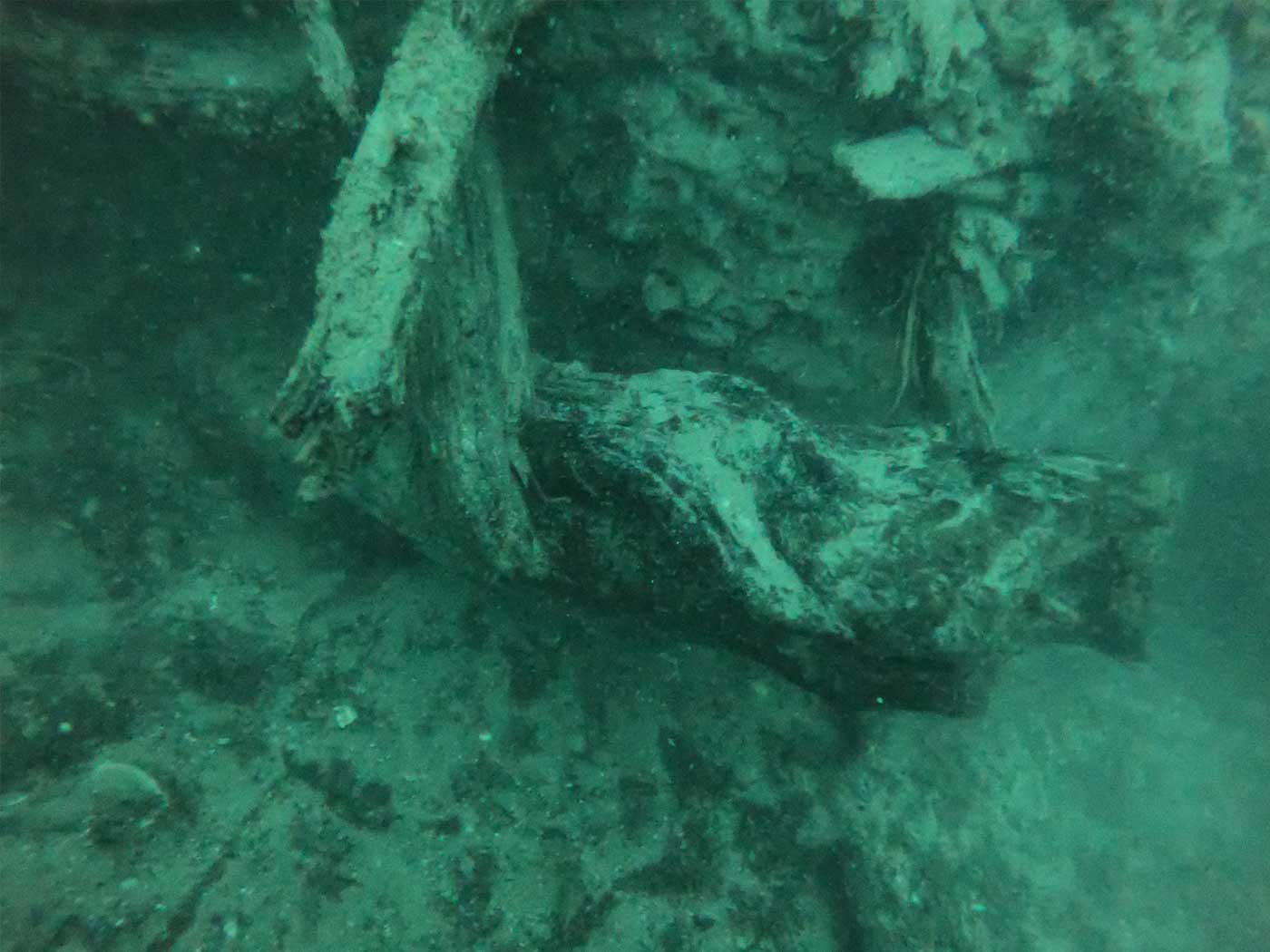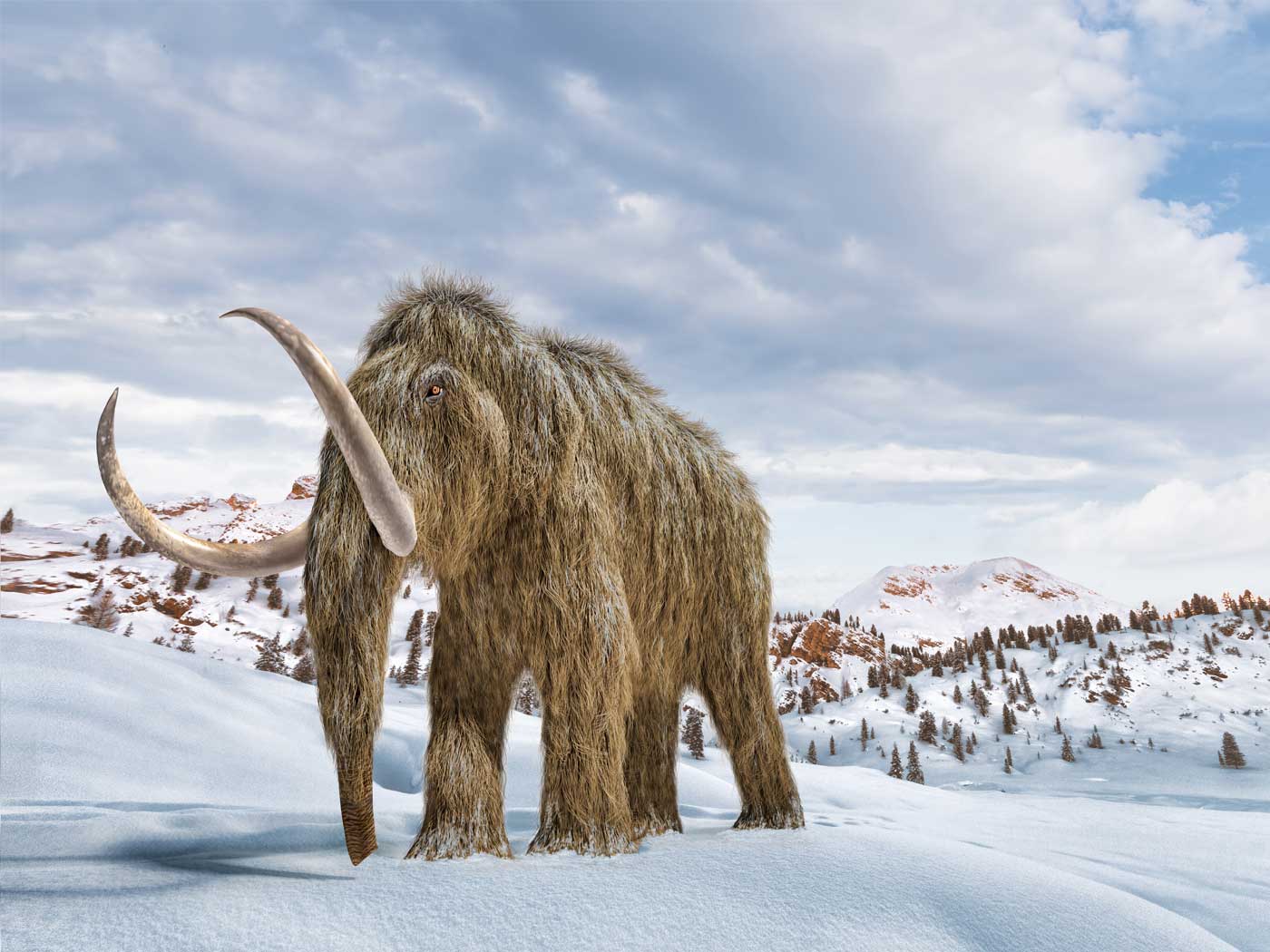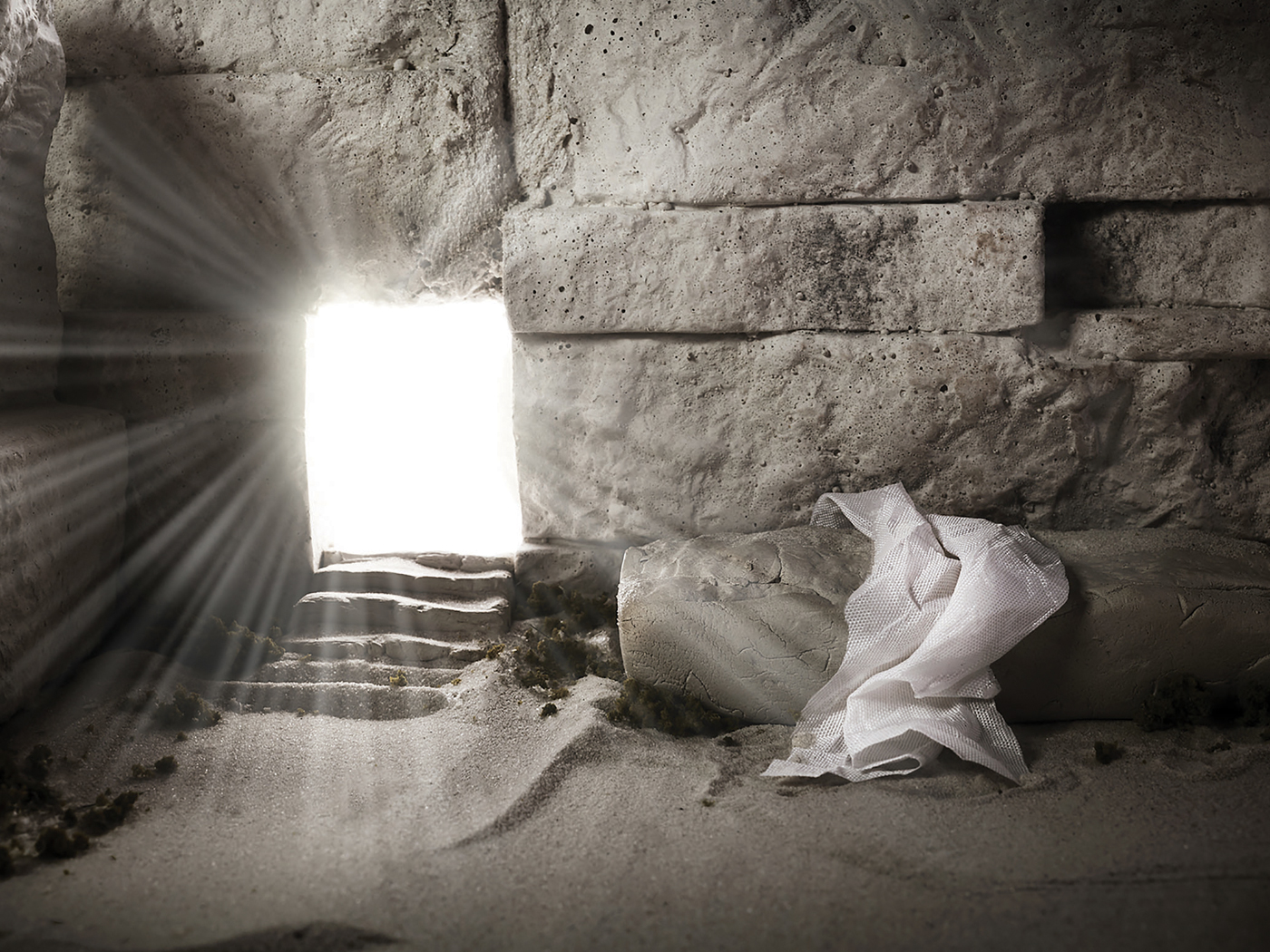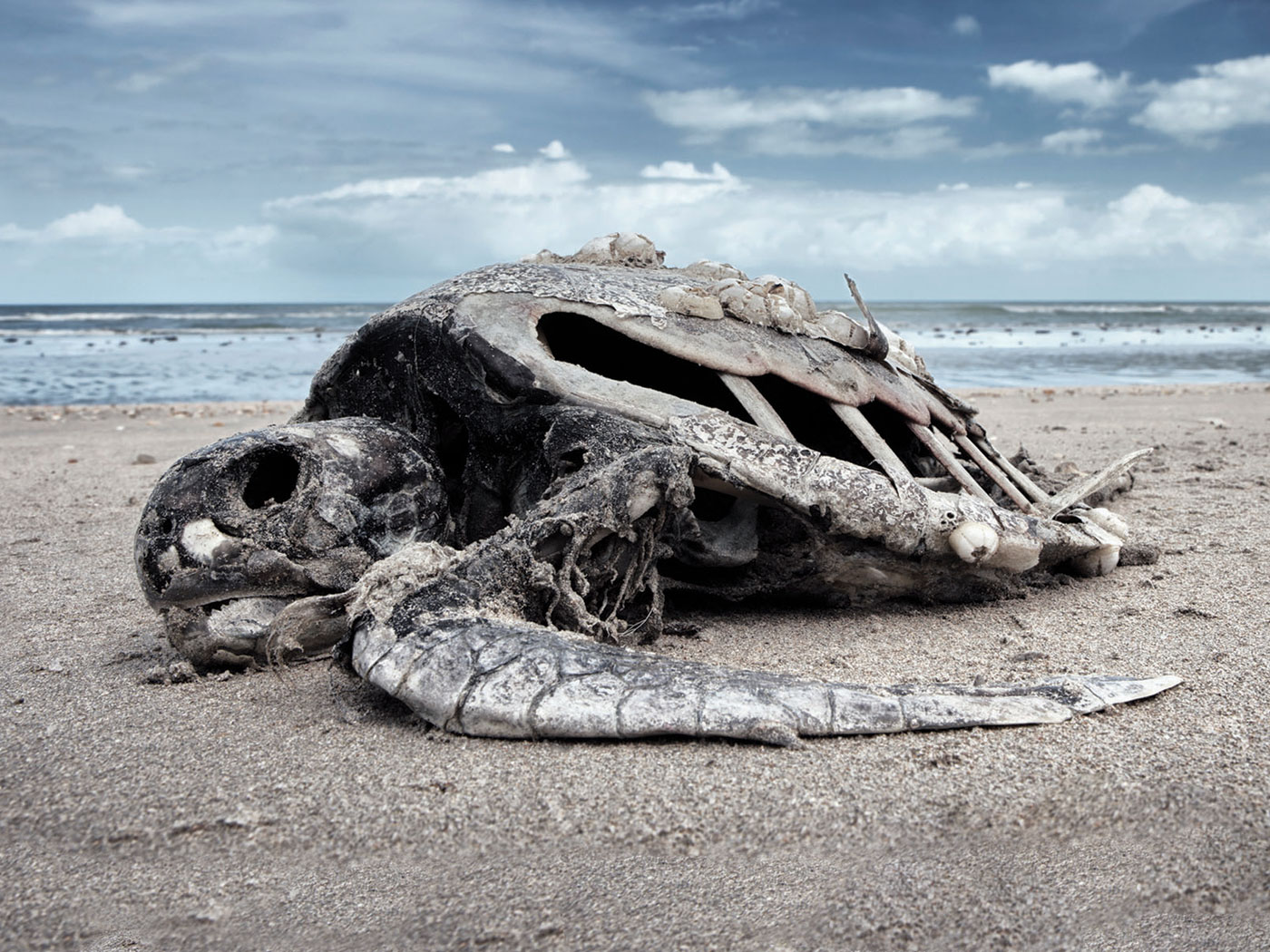We've all heard the stories of how "millions of frozen mammoths are found preserved in Siberia, frozen so quickly their flesh could still be eaten today, complete with sub-tropical vegetation in their mouths." Temperatures two hundred degrees below zero are needed to quick-freeze an animal of such large bulk, it is claimed, requiring extraordinary catastrophism, the likes of which creationists feel could only be associated with Noah's Flood. The specific scenario proposed might be a temperature drop due to the precipitation of the pre-Flood canopy or a cometary ice dump. What is the truth, what is the solution?
To answer these questions, we must first establish the facts, checking the original sources. And when we do, we find that no more than several dozen mammoths have been found frozen or partially frozen. It is true that tens of thousands of mammoth bones are found, and mammoth ivory has been mined commercially in some places, but those were not quick-frozen. These bones are found in the frozen tundra (or frozen soil below the surface), and are not found in the thick sequences (ten thousand feet thick in places) of sedimentary rock lying stratigraphically below the frozen soil. The frozen parts, are, with few exceptions, found in the frozen banks of modern rivers, usually in small lenses within the larger tundra layer. Some specimens seem to have drowned after breaking through ice covering a river.
Furthermore, the stomach contents and unswallowed food (actually caught between the teeth) are that of a mountain meadow, not unlike that of alpine regions today. The frozen meat itself, while wolves and sled dogs have been known to sample it on occasion, is usually somewhat rancid, not quick frozen and ready to be sold.
Putting all the pieces of the puzzle together, it seems to me that the best interpretation is that these mammoth herds descended from those representatives of the "elephant kind" (including also elephants and mastodons) that survived the Flood on Noah's Ark. If the Flood deposited sedimentary rock (as a rule) then the soil layer in which the mammoths are found must be a later deposit. The soil and the carcasses couldn't have floated around for months while other sediments were deposited, especially in a quick-frozen condition. These are post-Flood features, as further confirmed by the numerous worldwide discoveries of Ice Age human fossils or artifacts in association with mammoth bones.
These creatures seem to have been well suited to an Ice Age climate, but not well adapted to an ideal pre-Flood world. In the early years after the Flood, there would have been few predators of large animals, and enough vegetation to support large herds.
An interesting comparison could be drawn with the elk population on Mount St. Helens following that catastrophic destruction in 1980. Since then, a higher incidence of multiple births per cow has been noted, allowing the herd to grow rapidly.
I think we can reasonably say that the "elephant kind," in obedience to God’s command given in Genesis 8:17, were filling the recently devastated earth, adapting to various areas as they went. They flourished initially, but some varieties were eventually overwhelmed in major storms during the Ice Age, others hunted to extinction by humans, while still others survived to the present day.
* Dr. John Morris is the President of the Institute for Creation Research.
Cite this article: Morris, J. D. 1993. Did the Frozen Mammoths Die in the Flood or in the Ice Age? Acts & Facts. 22 (11).





















